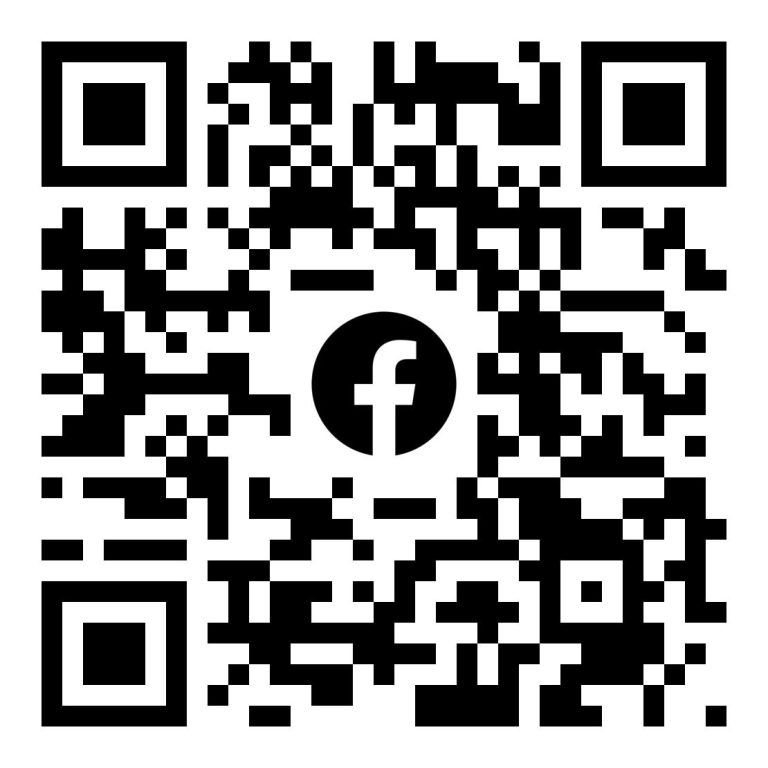StellaVita, previously known as "AstroStation", is a smart wireless astrophotography controller designed by ToupTek Astro. To provide astronomy enthusiasts with a simpler imaging experience, StellaVita offers an open compatibility ecosystem, supporting multiple brands of astrophotography equipment, and giving users unlimited freedom in their astrophotography endeavors.
After two years of meticulous research and development, StellaVita is finally ready to meet all astrophotography lovers in March 2025. In this guide, we will present the unboxing of the StellaVita astrophotography controller, a list of accessories, and a detailed connection guide.
Accessory List
- ToupTek Smart Wireless Astrophotography Controller StellaVita x1, Dual-band Antenna x1, Wireless Network Card x1
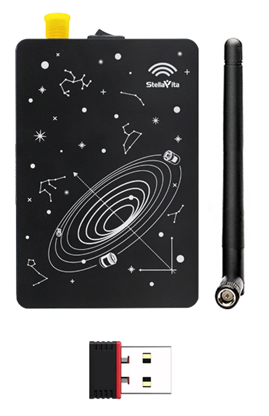
- 0.5m DC Male-to-Male Power Cable x2
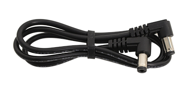
- 1.0m DC Male-to-Male Power Cable x2
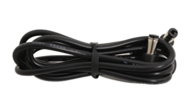
- 1.5m DC Male-to-Female Extension Power Cable x1
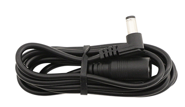
- 1.5m USB3.0 Type-A to Type-B Cable x1
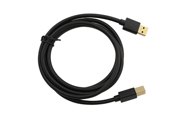
- Quick Start Guide x1
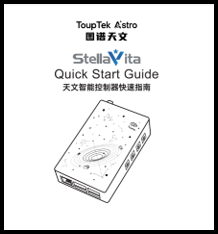
Interface Overview
- 4 DC power output of 5.5*2.1mm
- 4 DC output indicator lights
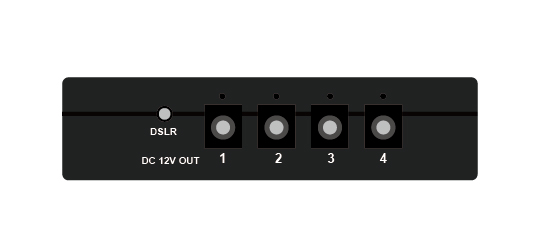
- Power indicator light
- Power Switch
- DC power input 5.5*2.1mm
- SYS system indicator light
- Wi-Fi antenna SMA connector
- Wi-Fi Reset
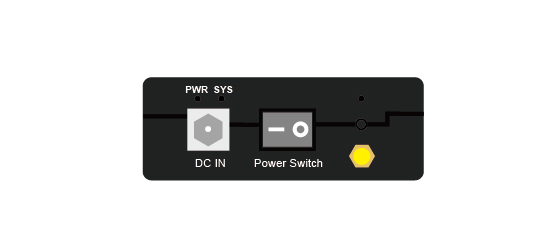
- USB 3.0*2
- USB 2.0*2 (recommend inserting the external wireless network card into the upper interface)
- RJ45: Gigabit Ethernet port
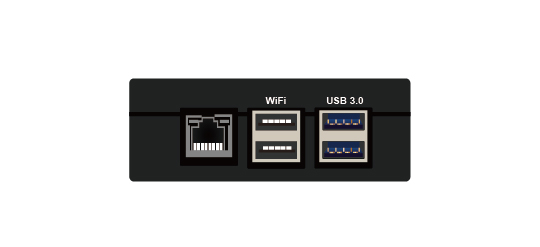
- Type-C (currently only for firmware burning, does not support file transfer)
- SD Card Slot

Connection Guide
Data Transfer Connections
Currently, StellaVita needs to be connected to various devices via USB cables.
- Equatorial Mount: Use a USB 2.0 data cable to connect StellaVita and mount.
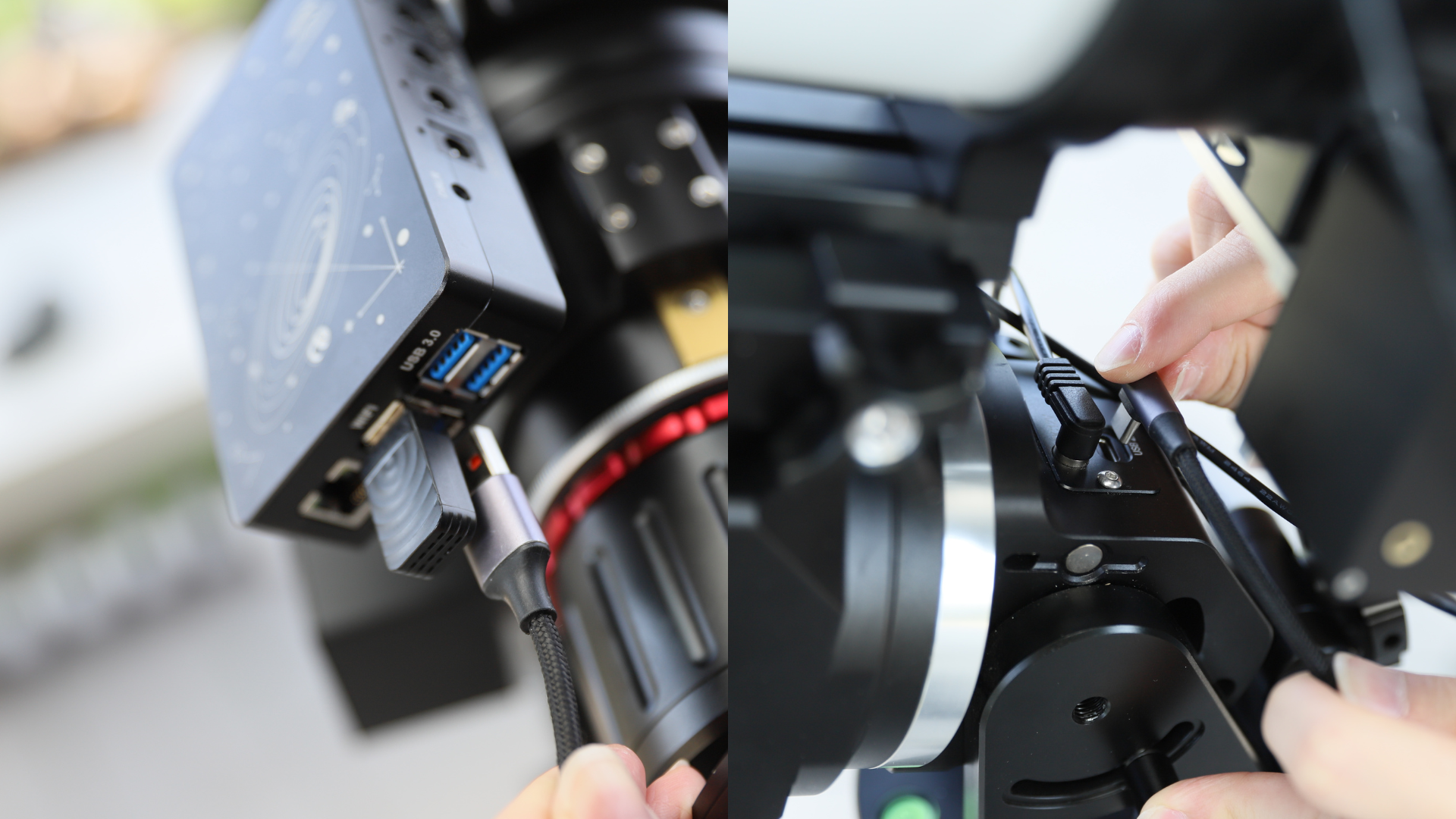
Note:
- No need to worry about serial port chip recognition issues, as StellaVita has integrated support for most commonly used serial port drivers, including CH340, FTDI, PL2303, CP210 and more.
- Since there are many different brands and models of equatorial mounts, we recommend
referring to the connection method for the equatorial mount and PC for wired connections
(you can consult the equatorial mount manufacturer for details). For equatorial mounts from
different production stages, the following connection methods are recommended:
- For older models of equatorial mounts:
- Equatorial Mount ➡ RS232 Equatorial Mount Connection Cable ➡ RS232 to USB Serial Cable ➡ StellaVita
- Equatorial Mount ➡ USB Serial Cable ➡ StellaVita
- For newer models of equatorial mounts:
- Equatorial Mount ➡ Standard USB Cable ➡StellaVita
- For older models of equatorial mounts:
- Main Camera: Use a USB 3.0 data cable (recommended) or a USB 2.0 data cable to connect it to StellaVita.
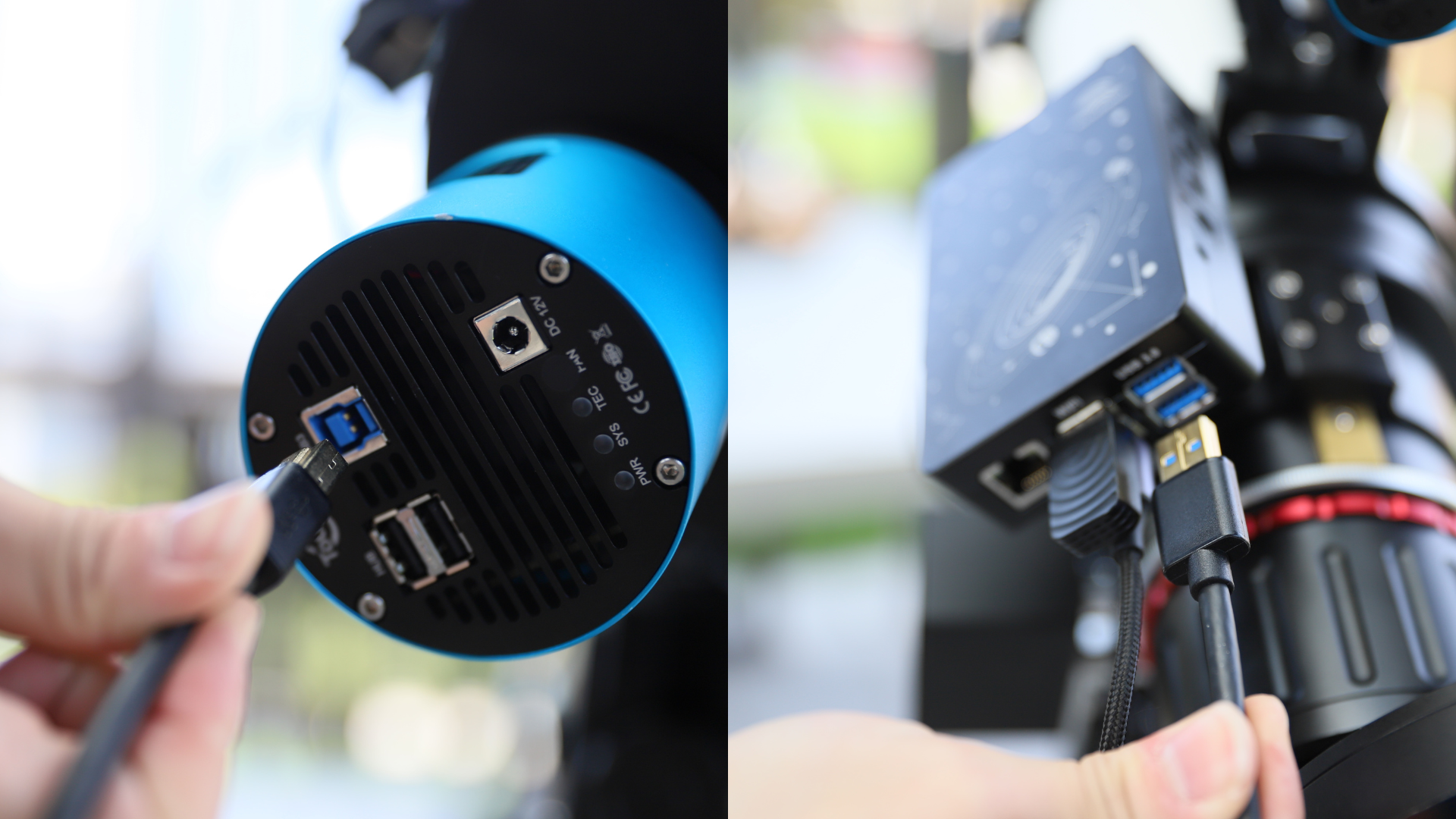
Note:
- StellaVita supports USB hub expansion. When connected to certain deep-sky cooled cameras, the camera‘s USB interface can also function as a data interface.
- Avoid using multiple layers of USB hubs for data transfer, as this may reduce the connection stability and transfer speed.
- Electric Focuser: Use a connecting cable (USB-A to Type-C) to connect to the USB hub of the main camera or StellaVita.
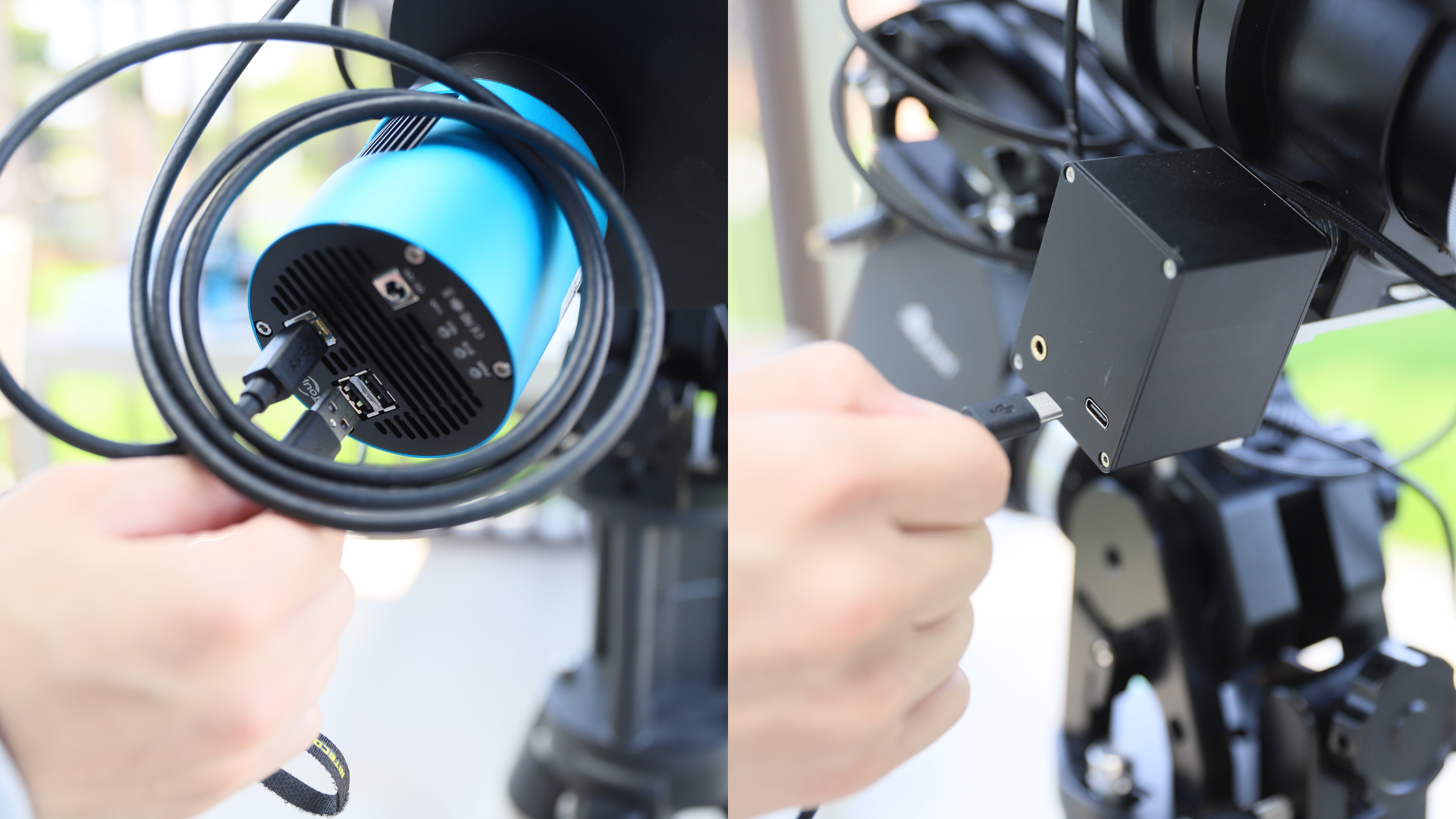
- Electric Filter Wheel: Use a connecting cable (USB-A to USB-B) to connect it to the USB hub or StellaVita.
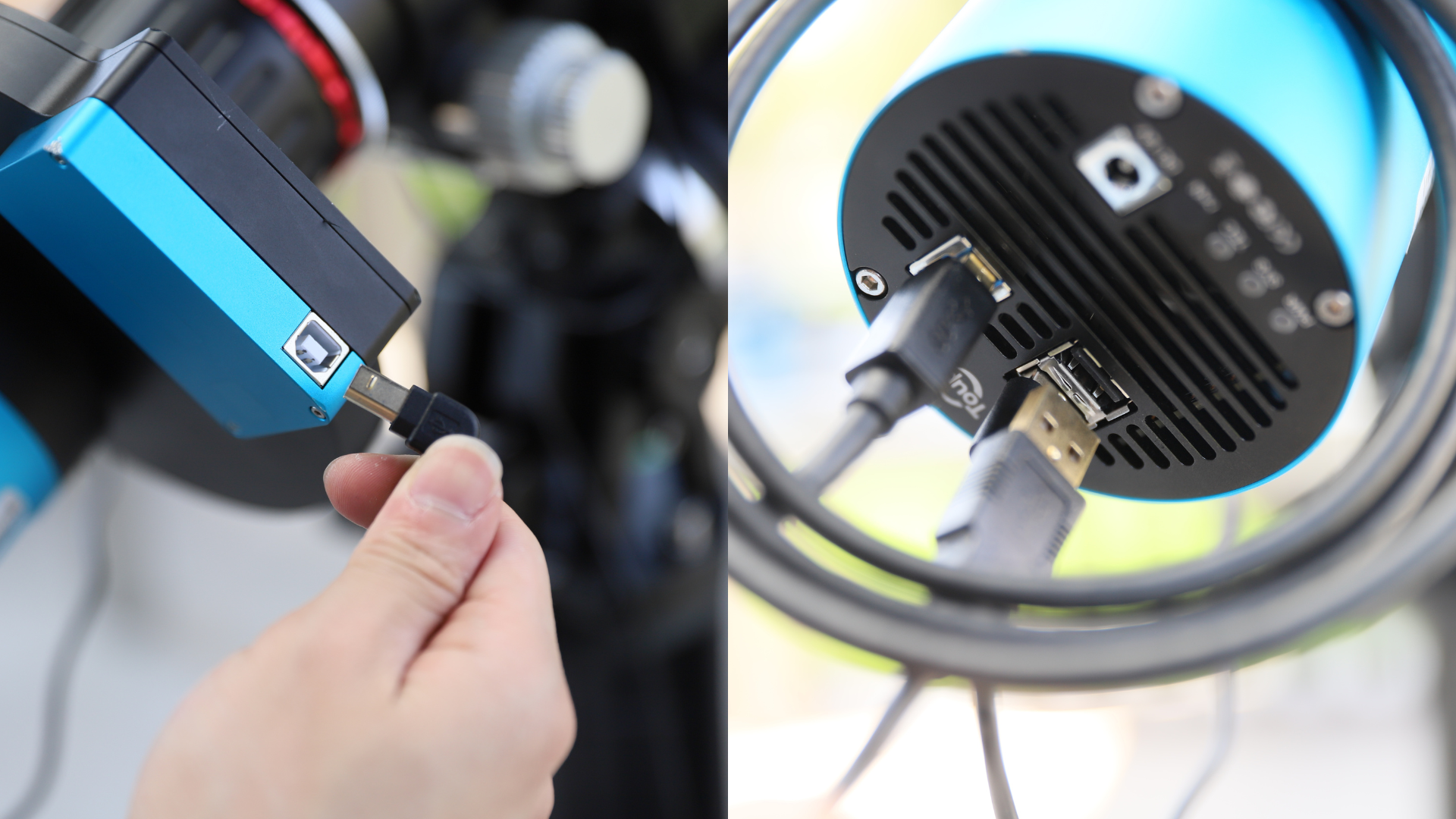
- Guide Camera: Use a connecting cable (for example USB-A to Type-C) to connect to StellaVita.
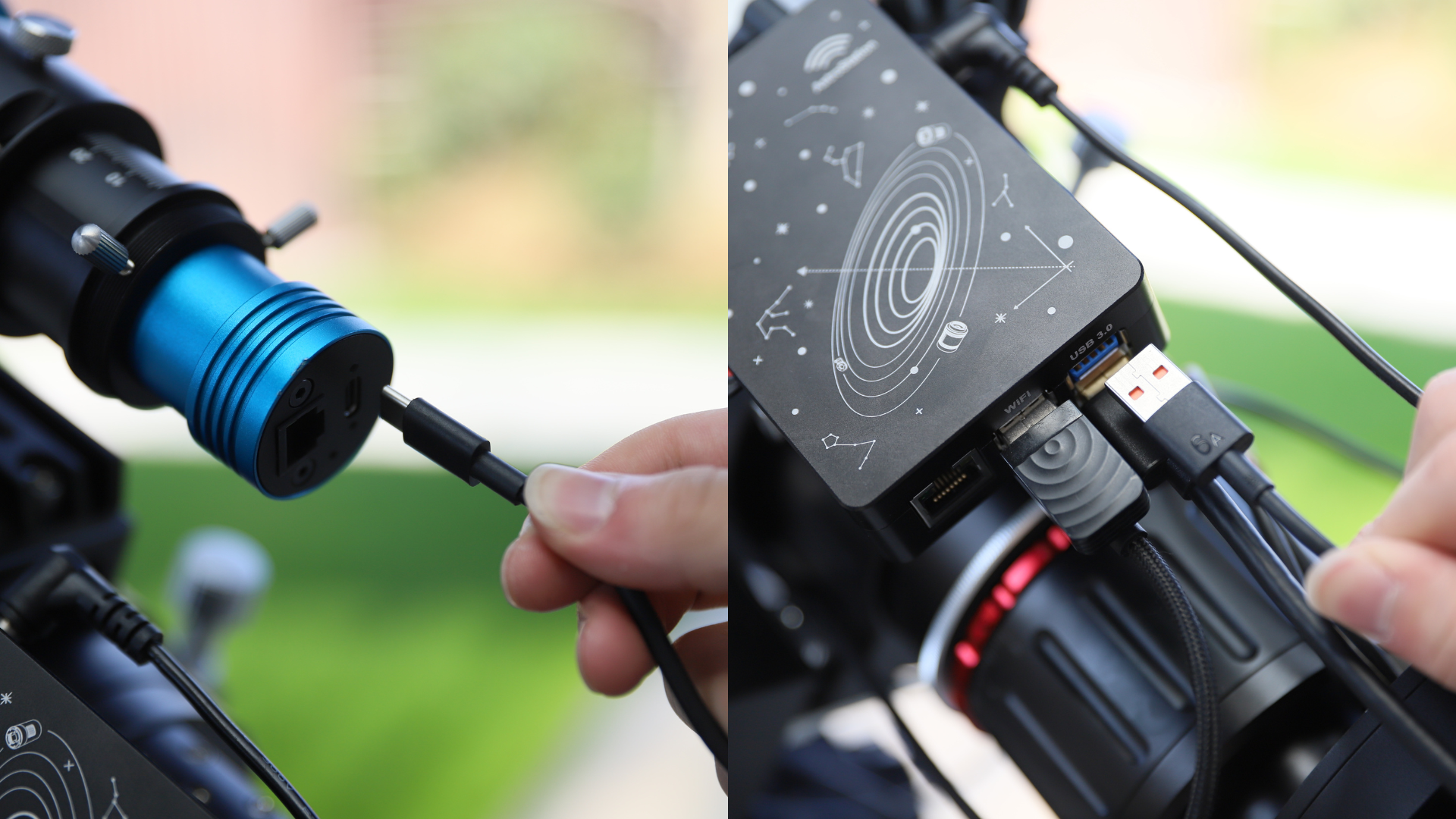
Power Supply Connections
- Use a DC cable to connect the camera’s DC input port and StellaVita’s DC output. Then the StellaVita will power the main camera.
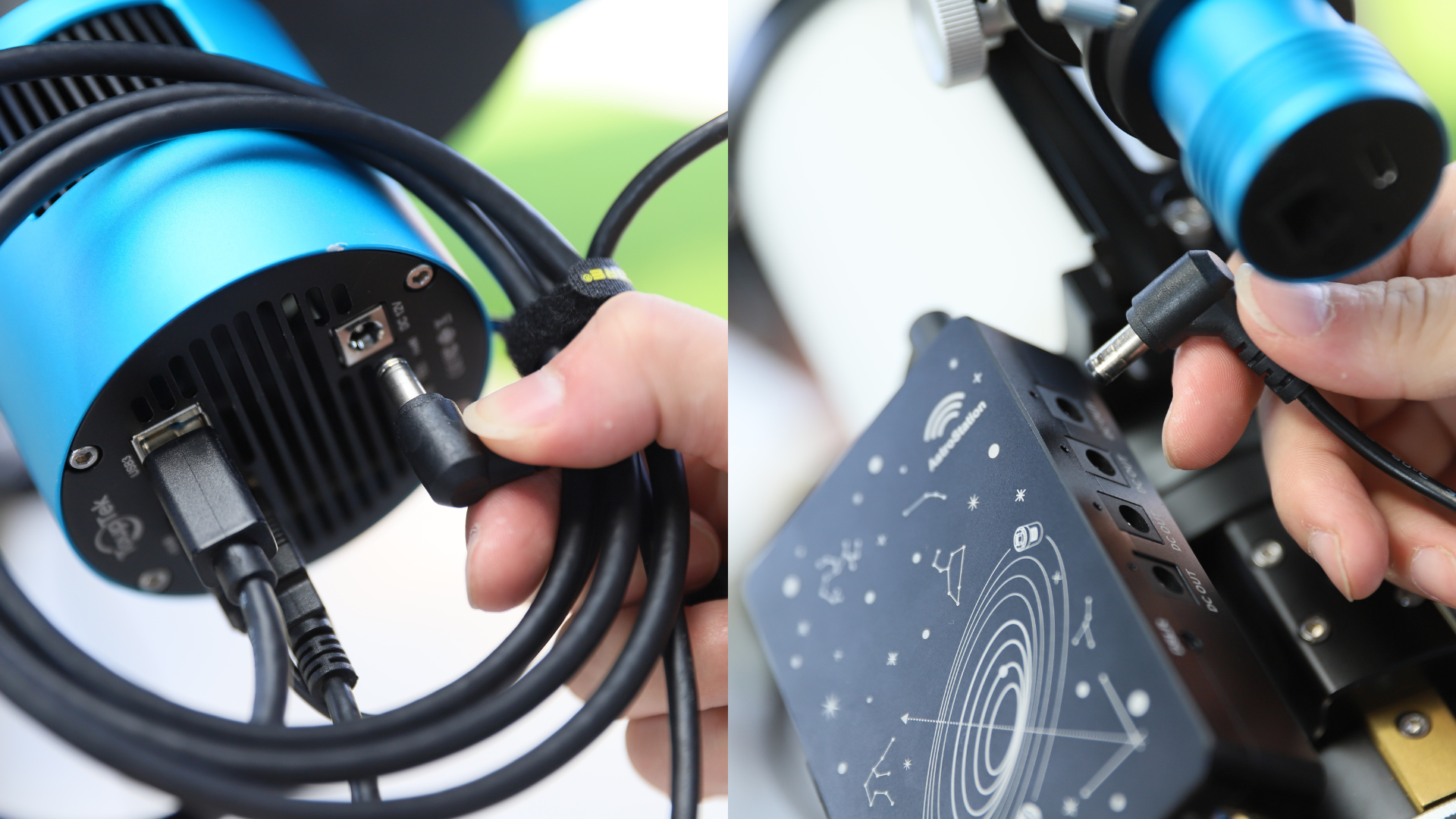
- Use a DC cable to connect the equatorial mount’s DC output port and StellaVita’s DC input port. Then the mount will power the StellaVita.
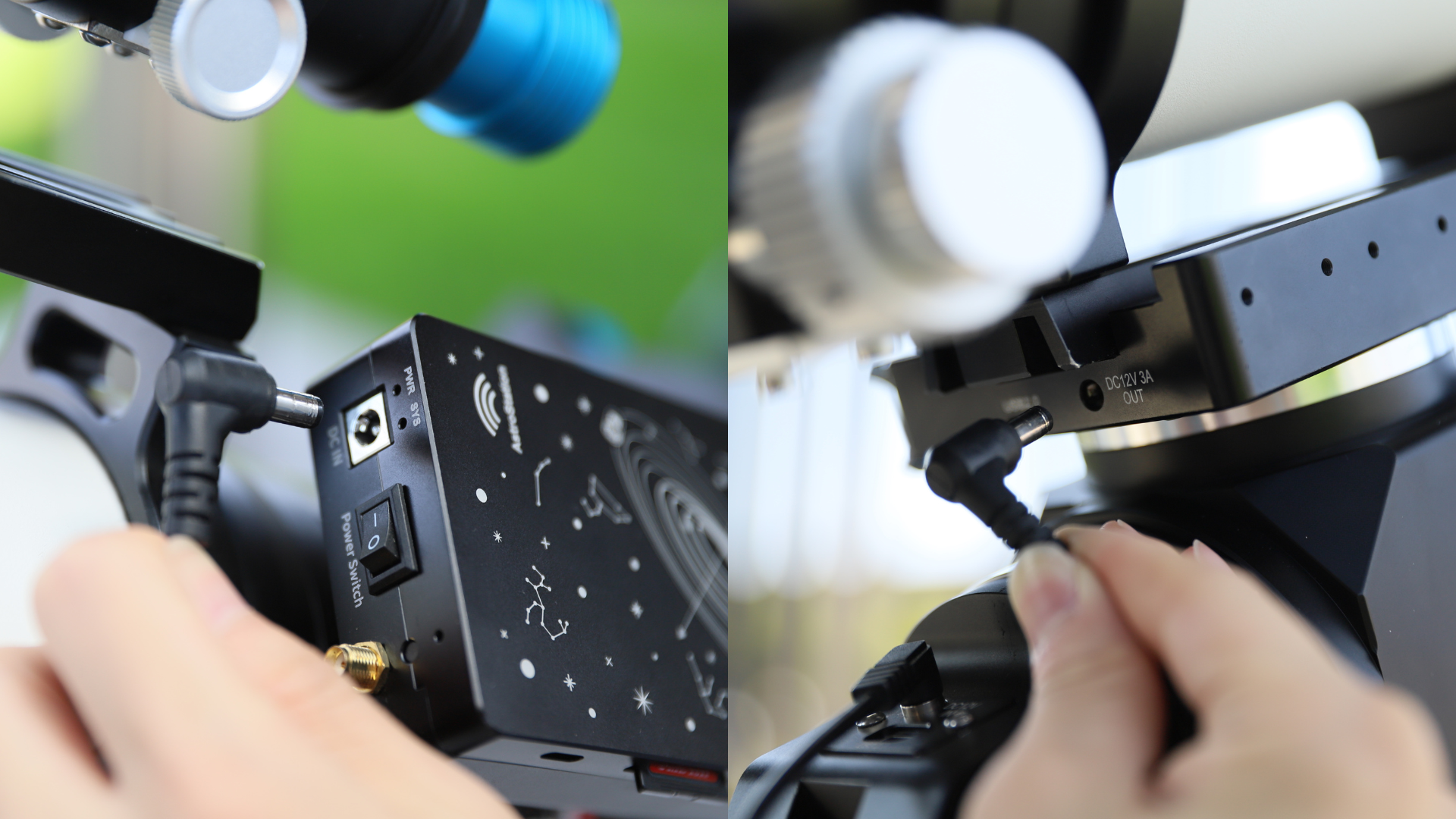
- Finally, connect the equatorial mount to the power supply.
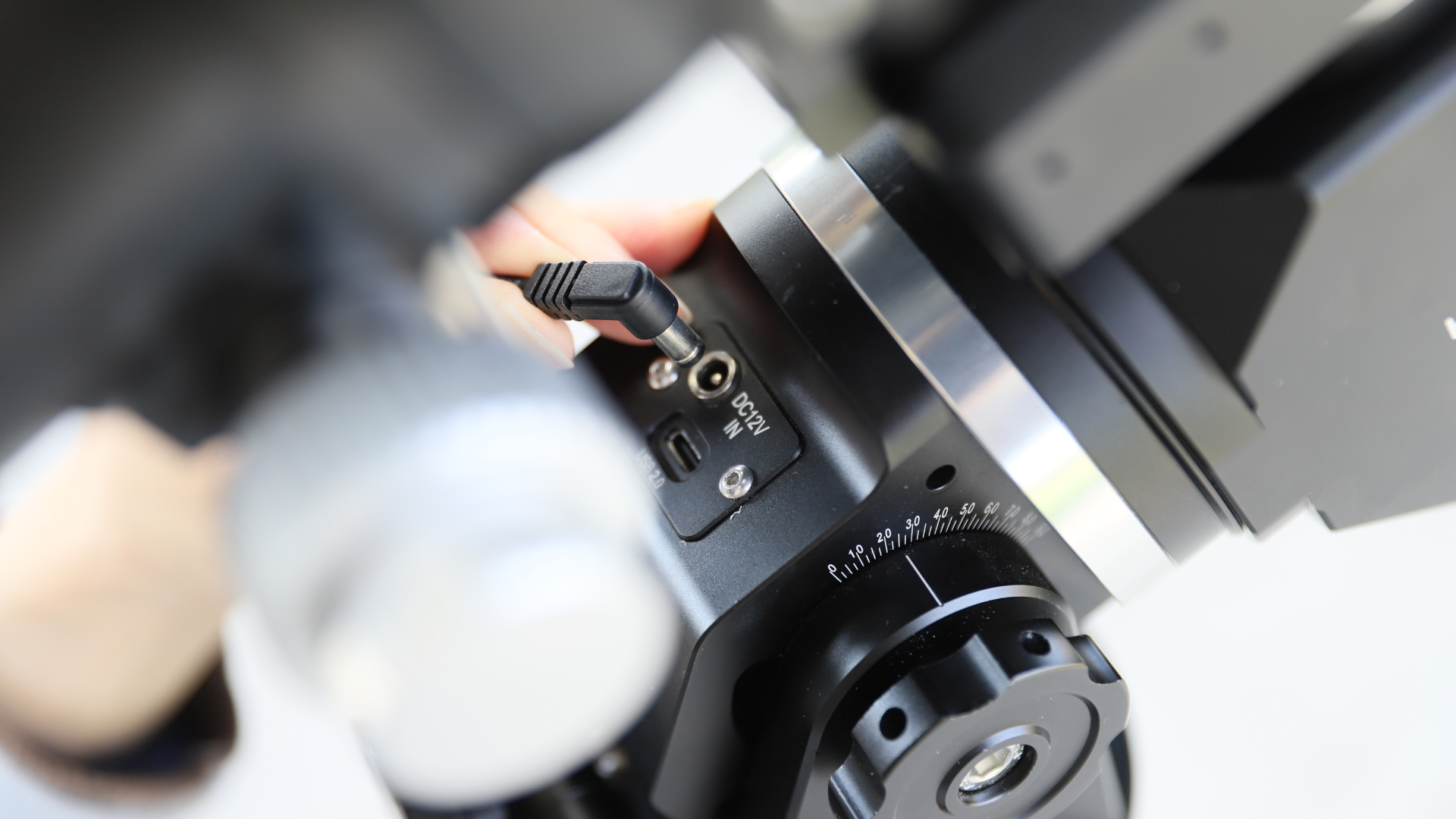
Important
- A 12V DC power supply with sufficient power output is required. 12V 5A or above is recommended.
- StellaVita consumes approximately 3-4W in standby mode, which is very low. However, when using StellaVita to manage power for other devices, please confirm that the input power is sufficient for the other devices and is within StellaVita’s rated power limit. If the input power is insufficient, it could lead to issues like repeated reconnections or disconnections of devices.
We want to express our sincere gratitude to all ToupTek Astro fans and astronomy enthusiasts for your anticipation of StellaVita. If you have any questions regarding use or connections, feel free to consult ToupTek Astro technical support through tpa-support@touptek.com.
Share your images, interact with fellow astronomy enthusiasts, get technical support, and enjoy exclusive fan benefits… More benefits await you in the official Facebook user groups. We look forward to your arrival!
